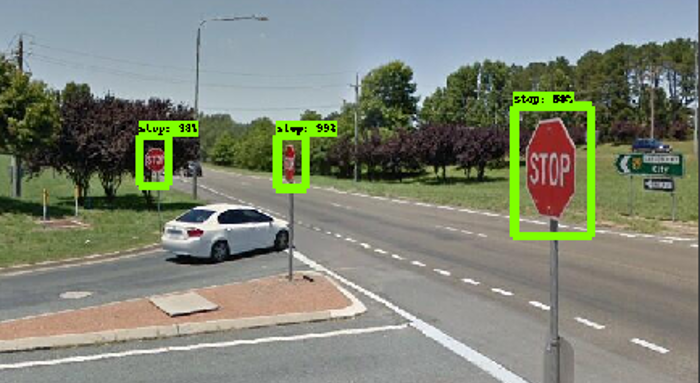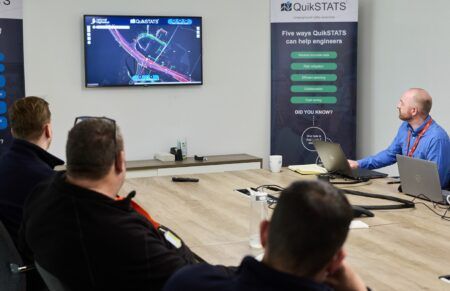Geospatial scientists from Australia’s RMIT University in Melbourne have developed a new program that uses artificial intelligence (AI) to monitor street signs needing replacement or repair by tapping into Google’s Street View images.
Highway authorities worldwide currently spend large amounts of time and money monitoring and recording the geo-location of traffic infrastructure manually, a task which also exposes workers to unnecessary risks from passing vehicles. The RMIT’s fully-automated system is trained using AI-powered object detection to identify street signs in the freely available images. Results just published in the journal of ‘Computers, Environment and Urban Systems’ show the system detects signs with near 96% accuracy, identifies their type with near 98% accuracy and can record their precise geo location from the 2D images. The research team found during investigations that mandatory GPS location data in existing street sign databases was often inaccurate, sometimes up to 33 feet (10m) off.
 “The proof-of-concept model was trained to see ‘stop’ and ‘give way’ signs, but can be trained to identify many other inputs and is easily scalable for use by local governments and traffic authorities. Councils have requirements to monitor this infrastructure, but currently with no cheap or efficient way to do so,” explained the study’s lead author and RMIT geospatial science student, Andrew Campbell. “By using free and open source tools, we’ve now developed a fully automated system for doing that job, and doing it more accurately. Tracking these signs manually by people who may not be trained geoscientists introduces human error into the database. Our system, once set up, can be used by any spatial analyst; you just tell the system which area you want to monitor and it looks after it for you.”
“The proof-of-concept model was trained to see ‘stop’ and ‘give way’ signs, but can be trained to identify many other inputs and is easily scalable for use by local governments and traffic authorities. Councils have requirements to monitor this infrastructure, but currently with no cheap or efficient way to do so,” explained the study’s lead author and RMIT geospatial science student, Andrew Campbell. “By using free and open source tools, we’ve now developed a fully automated system for doing that job, and doing it more accurately. Tracking these signs manually by people who may not be trained geoscientists introduces human error into the database. Our system, once set up, can be used by any spatial analyst; you just tell the system which area you want to monitor and it looks after it for you.”
RMIT geospatial scientist and project co-lead, Dr Chayn Sun, said, “The fact that some councils are already attaching cameras onto rubbish trucks to gather street footage shows how valuable visual data is becoming, given what technology could now do with it. This imagery is critical for local governments in monitoring and managing assets and with the huge amount of geospatial applications flourishing, this information will only become more valuable. Ours is one of several early applications for this to meet a specific industry need, but a whole lot more will emerge in coming years. Footage from other sources, like that from rubbish truck cameras or any other geo-referenced imagery of the road network collected by councils, can also be fed into the system. Where footage is already being gathered, our research can provide councils with an economical tool to drive insights and data from this existing resource.”
The project was co-led by Sun and fellow RMIT geospatial scientist, Dr Alan Both, from the university’s Center for Urban Research. The RMIT research team is currently working with local governments on heat intervention strategies using Google Street View images to analyze street tree shade.





